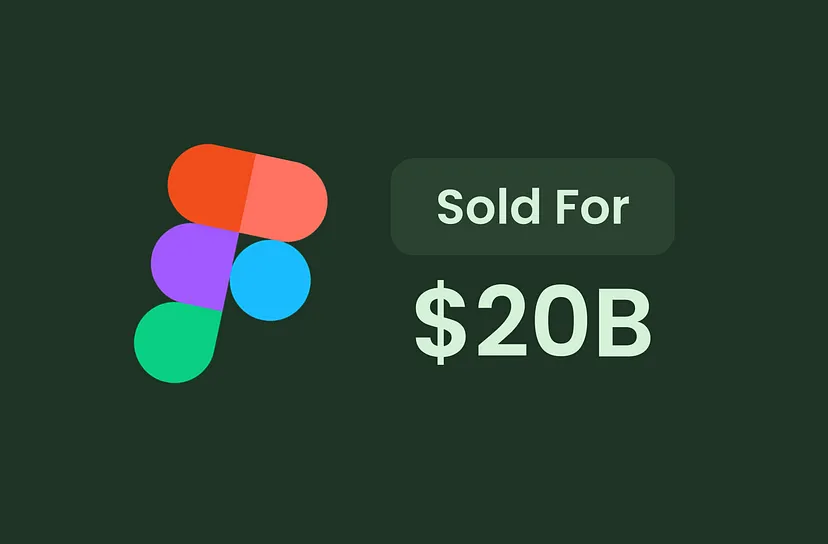European Commission Investigates Adobe’s $20 Billion Purchase of Figma
The European Commission is conducting a thorough investigation into Adobe’s proposed acquisition of design competitor Figma. The EU is concerned that this deal will limit competition in the interactive design software and digital asset creation tools market.
The EU Commission has until December 14th to reach a decision. European Commissioner for Competition, Margrethe Vestager, stated that the investigation aims to ensure users have a wide range of digital creative tools available.
This investigation follows a similar move by the UK’s Competition and Markets Authority (CMA). The CMA has until December 27th to complete its own review.
If approved, this acquisition would be Adobe’s largest ever. Figma, founded in 2012 and based in San Francisco, has gained popularity as a go-to tool for vector design and remote collaboration. Figma’s products directly compete with Adobe XD and Illustrator. Adobe plans to integrate Creative Cloud suite features into Figma while incorporating Figma’s collaborative capabilities into its core products.
Adobe insists that it is committed to keeping Figma independent and will not change its pricing or remove its free tier.
“The combination of Adobe and Figma will provide customers with enhanced accessibility and efficiency in product design, revolutionizing creative capabilities on the web and introducing new categories of creativity and productivity,” said Adobe in a statement.e
The feedback from customers has been overwhelmingly positive, and Adobe remains confident in the merits of the case. Adobe states that Figma’s product design complements their core creative products, and they have no plans to compete directly in the product design space.
A Marriage of Giants: Adobe and Figma
Adobe, a global powerhouse in creative software solutions, is known for its iconic software suite including Photoshop, Illustrator, and InDesign. On the other hand, Figma has gained significant traction in recent years, redefining how design teams collaborate in real-time on cloud-based platforms. Figma’s user-friendly interface, collaborative capabilities, and ability to work seamlessly across devices have made it a favorite among designers and design teams.
The acquisition of Figma by Adobe represents a convergence of two major players in the design industry. While Adobe’s suite of tools is deeply entrenched in creative workflows, Figma’s cloud-based approach has positioned it as an innovative alternative for collaborative design in the digital age.
EU Scrutiny: Preserving Competition and Innovation
The European Union’s competition regulators have stepped in to examine the implications of this massive deal. The EU’s primary concern is to ensure that the acquisition doesn’t stifle competition or create a monopolistic environment that hampers innovation. This scrutiny is a reflection of the EU’s commitment to maintaining a level playing field and protecting consumers’ interests.
One of the key concerns is that Adobe’s acquisition of Figma could consolidate its dominance in the design software market even further. This could potentially limit the choices available to designers and design teams, giving Adobe an undue advantage that might hinder innovation and healthy competition.
